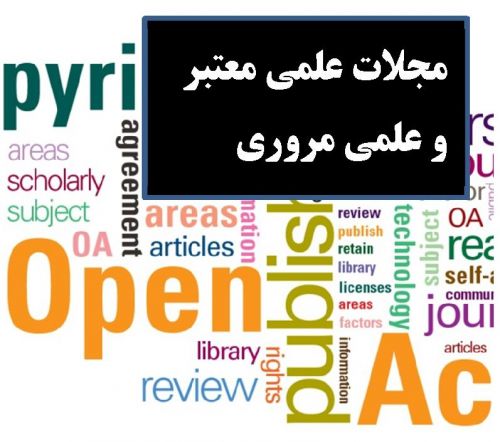The main purpose of this study was to examine the relationship between the misery index and the crime rate and to determine the motivational and opportunity effects of the misery index in Iran from 1971 to 2008. A parsimony model which corrected multicollinearity and specification problems in the standard crime function was proposed. Unrestricted error correction model (UECM) was employed to do bounds test and to examine the presence of cointegration. Multiple-rank F-test was used as well to examine the causality relationship. The results indicated that there had been long-run relationships between the misery index and economic crimes such as embezzlement, bribery, forgery, and drawing bad cheques. The motivational and opportunity effects were also verified by the model. Also, two-causality relationships existed between crimes like willful murder, indecent commitments, embezzlement, bribery, forgery, stealing and the misery index. Furthermore, the results showed uni-directional causality from the misery index to drawing bad cheques.
کلید واژگان :misery index, crime rate, unrestricted error correction model (UECM), multiple-rank F-test, motivational effect, opportunity effect
ارزش ریالی : 500000 ریال
با پرداخت الکترونیک
